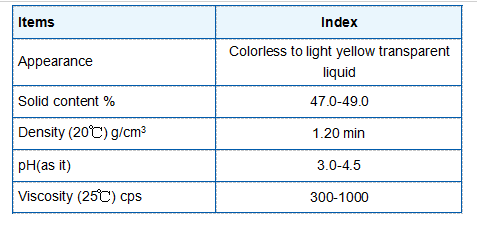Exploring the Roles of Coagulants and Flocculants in Water Treatment Processes and Applications
Understanding Coagulants and Flocculants in Water Treatment
Water is an essential resource for life, and ensuring its cleanliness is pivotal for public health and the environment. In the realm of water treatment, two critical components often play essential roles coagulants and flocculants. Both serve to enhance the removal of suspended solids and impurities from water, but they operate through different mechanisms.
Coagulation The First Step in Water Treatment
Coagulation is the initial step in the treatment process, where chemicals known as coagulants are added to the water. These coagulants are typically aluminum sulfate (alum), ferric chloride, or polyaluminum chloride. When introduced to water, these positively charged chemicals neutralize the negative charges on suspended particles. As a result, the particles begin to clump together—a process known as coagulation.
The neutralization of charges leads to the formation of microflocs, which are small aggregates of particles. This stage is crucial, as it sets the foundation for the next phase of the treatment process—flocculation. Coagulation is a rapid process that requires proper mixing of the coagulant with the water to ensure adequate particle interaction. The effectiveness of coagulation can be influenced by several factors, including the pH of the water, temperature, and the nature of the impurities present.
Flocculation Enhancing Solid Removal
Following coagulation, flocculation takes center stage. This process involves the gentle mixing of the water to encourage the growing aggregates, or flocs, to collide and form larger clusters. Flocculants, which are typically long-chain organic polymers, are used in this stage to further enhance the aggregation of particles. These flocculants can be cationic, anionic, or non-ionic, depending on the nature of the particles in the water being treated.
coagulant flocculant

The function of flocculants is to increase the size of the flocs formed during coagulation, which is crucial for sedimentation and filtration processes that follow. Larger flocs settle more quickly and can be more easily removed from the water. Flocculation requires careful control of mixing speed and time; too vigorous mixing can break apart delicate floc structures, while insufficient mixing may not allow for optimal aggregation.
The Importance of Coagulants and Flocculants
The effective use of coagulants and flocculants is paramount in various applications, including drinking water treatment, wastewater treatment, and industrial water processes. These agents not only facilitate the removal of suspended solids but also help in the removal of pathogens and other harmful contaminants, thereby improving the overall quality of water.
Moreover, innovations in coagulant and flocculant formulations have led to the development of more environmentally friendly options, reducing the impact on aquatic ecosystems. Additionally, advancements in technology have enabled more precise measurements and applications of these chemical agents, enhancing their effectiveness while minimizing dosages.
Conclusion
In conclusion, coagulants and flocculants are indispensable tools in modern water treatment processes. Understanding their roles and how they interact within the treatment framework is vital for achieving optimal water quality. As global water challenges continue to grow, the importance of effective treatment methodologies, including the use of coagulants and flocculants, will only become more pronounced. By continually refining these processes and exploring innovative solutions, we can ensure a cleaner, safer water supply for future generations.
-
Water Treatment with Flocculant Water TreatmentNewsJun.12,2025
-
Polymaleic AnhydrideNewsJun.12,2025
-
Polyaspartic AcidNewsJun.12,2025
-
Enhance Industrial Processes with IsothiazolinonesNewsJun.12,2025
-
Enhance Industrial Processes with PBTCA SolutionsNewsJun.12,2025
-
Dodecyldimethylbenzylammonium Chloride SolutionsNewsJun.12,2025





